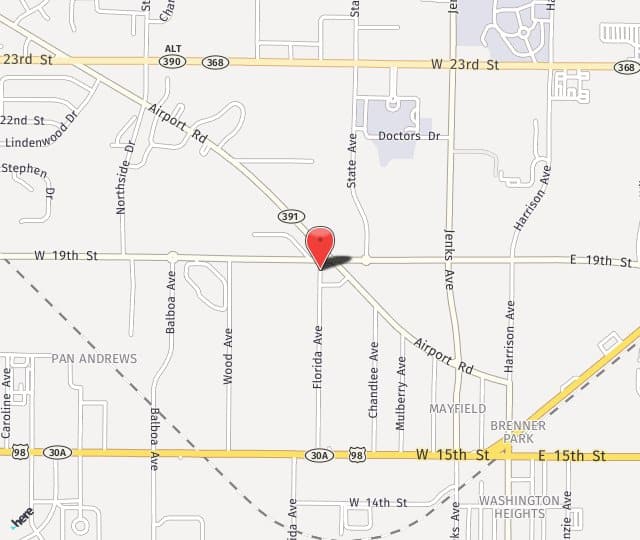Venous ultrasound is used to diagnose vascular conditions in the legs. This procedure can effectively detect blood clots in the legs that may cause dangerous conditions such as deep vein thrombosis or pulmonary embolism. While many diseased leg veins are visible on the skin in the form of varicose or spider veins, some patients may experience significant venous reflux, or back flow, that can only be detected through ultrasound imaging. A venous ultrasound shows a thorough, detailed image of the veins, along with the direction of blood flow, to help accurately diagnose vascular conditions.
Reasons for Using Venous Ultrasound
This procedure can identify narrowed or blocked arteries or veins or faulty valves. Venous ultrasound is an essential part of successful vein treatment. Most often it is performed on patients with leg swelling, varicose or spider veins, or patients with symptoms of peripheral artery disease or venous insufficiency. Symptoms of these conditions may include:
- Pain, cramping, numbness, itching
- Pain made worse by standing
- Pain improved by elevating the leg
- Discoloration or hardening of the skin on the leg
- Ulceration of the leg
The ultrasound procedure is an alternative to venography or arteriography. In addition to assisting in the diagnosis of ongoing vascular conditions, venous ultrasound may also be utilized to diagnose the extent of vascular injuries and to evaluate vascular repair. The process may also be used to pinpoint a location for needle or catheter placement.
Venous Ultrasound Procedure
The venous ultrasound procedure is a straightforward, noninvasive one, usually performed in a vascular laboratory or in the ultrasound or radiology department of a hospital. During the procedure, a clear gel is applied to the targeted area of the legs and a transducer is moved across the site. The transducer sends out high frequency sound waves which produce an image on a screen of the blood vessels in question, showing any blockage, clot, narrowing, occlusion or spasm of the blood vessel being viewed.
Conditions which may be diagnosed through the use of venous ultrasound include:
- Arteriosclerosis of the extremities
- Deep vein thrombosis
- Thrombophlebitis
- Peripheral artery disease
- Vascular tumors of the arms or legs.
During a venous ultrasound, blood pressure cuffs may be applied at various points on the body, including the ankle, calf, thigh, and at various spots along the arm. This allows the doctor to compare blood pressure at various sites. In some cases, a Doppler ultrasound is used. This type of ultrasound measures the speed and direction of blood flow.
The patient experiences no pain during a venous ultrasound so there is no anesthesia or recovery required. Another advantage of this diagnostic test is that the image on the computer screen appears immediately so it can be reviewed by the doctor and patient at the time of the procedure.
There are no risks associated with the ultrasound procedure. There is no exposure to radiation. Depending on the results of the venous ultrasound, the doctor will be able to personalize an appropriate treatment.


